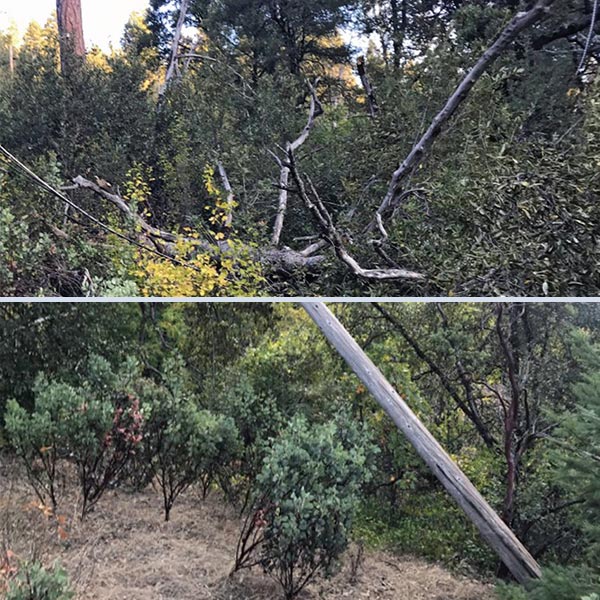By Amanda Durish Cook
MISO says it might update the solar and wind generation dispatch assumptions in its reliability planning models with projected — rather than past — numbers because of the lack of historical data on intermittent resources.
The accelerating pace of renewable adoption, especially solar, could require use of projected inputs for planning rather than relying on historical performance for renewable dispatch assumptions, the RTO said Tuesday.
“It’s clear to me that there’s a rapid change, and many more renewables have been added to the MISO footprint,” Senior Manager of Expansion Planning Edin Habibovic said at a meeting of the Planning Subcommittee.
Although MISO staff think the time is ripe to review dispatch assumptions, there’s also “strong stakeholder interest” in re-evaluating assumptions for solar resources, he said. “What we’re now trying to ask is, ‘Are the current modeling assumptions for wind and solar penetration a good representation of system conditions, and, if not, what can be done?’”
MISO reported that its footprint currently contains only five solar units totaling 314 MW, compared with 228 wind units worth 22.6 GW.
Habibovic said the historical data on the five solar units aren’t sufficient to estimate dispatch in reliability modeling. Furthermore, some of those resources couldn’t inject power into the grid at summer peak demand over the last few years, either because of maintenance, weather or other reasons.
Meanwhile, 56.7 GW worth of new solar generation is under study in the interconnection queue.
“Obviously this is a concern; we do not have enough statistically sufficient data to draw conclusions,” Habibovic said.
MISO could examine the locations of possible renewable interconnections in the queue and review historical weather data from the past six years to “plug into the program” to come up with an approximation of wind and solar generation injections, he said.
It could also use data from its ongoing renewable integration impact study to inform new dispatch assumptions, he said. He suggested using the 40% renewable penetration scenario in the study as a starting point. (See MISO: Grid Can be Stable at 40% Renewables.)
Current queue study data indicate that MISO could soon have more than 116 GW of renewables, which would align closely with scenarios in the study showing 50% penetration. However, Habibovic said a 50% penetration scenario might be too optimistic to use in assumptions.
“I don’t want to be too optimistic and say all the solar in the queue will be interconnected. At the same time, I don’t want to be too pessimistic and say only 10% of the queue will be interconnected,” Habibovic said, explaining his rationale for preferring the 40% scenario.
MISO hasn’t settled on a new process to update renewable dispatch assumptions and is asking stakeholders for their input.
“What is the right balance? … What is that magical dispatch?” Habibovic asked stakeholders.
He said MISO is looking to identify credible wind and solar dispatch scenarios at different points of the year. The RTO might also need to periodically review renewable dispatch assumptions in reliability planning studies as penetration increases, he added.
Written stakeholder opinions on the topic are due by Oct. 31. Habibovic promised more discussion at upcoming Planning Subcommittee meetings.





